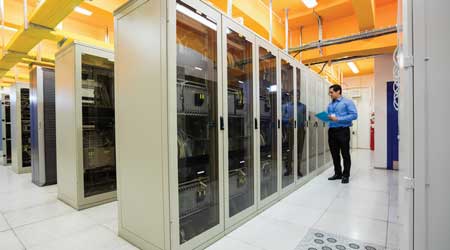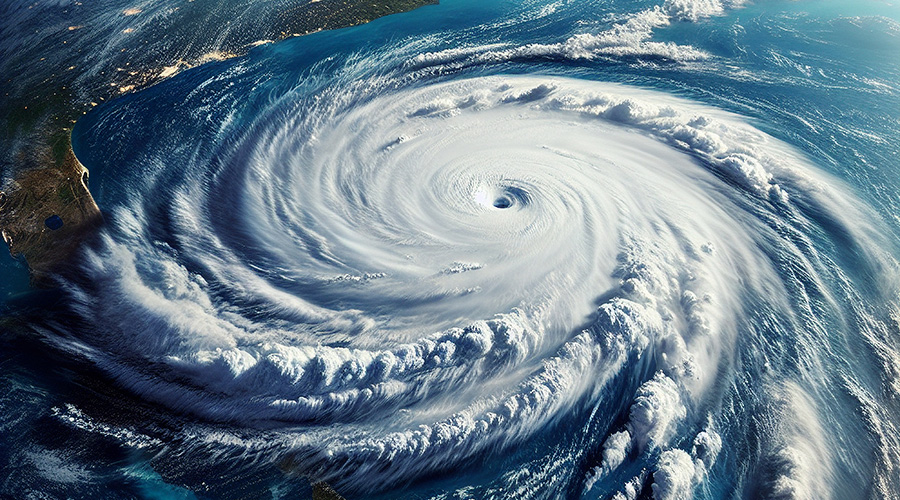 To plan for emergency cooling, managers need to understand the needs of key areas, such as data centers.
To plan for emergency cooling, managers need to understand the needs of key areas, such as data centers.Emergency Cooling Keeps Facilities Comfortable in a Crisis
Ensuring cooling in a crisis requires that managers address facility needs, equipment options and operational issues
Emergency cooling equipment can be an invaluable resource for maintenance and engineering managers looking to keep facilities and occupants cool in a crisis. Whether the cause of the problem is a power issue or a natural disaster, emergency cooling equipment can be essential in keeping occupants and equipment cool and facilities operational.
Given the varied and changing nature of many institutional and commercial facilities, the task of selecting the most appropriate emergency cooling is not always as straightforward as it first appears. Managers can only achieve these goals by avoiding common mistakes that often crop up in the process of specifying, installing and maintaining these key pieces of equipment.
Needs assessment
One common mistake in this process is not understanding the needs of the facility well ahead of time. Trying to figure out the right system for a situation and then locating it and getting it in place after an outage occurs will not work. Managers have to match units to the needs and conditions found in the areas that require immediate cooling.
Emergency or temporary cooling systems are readily available in a range of configurations, so their successful use requires careful planning on the part of managers. The increased demand for portable, temporary cooling systems has encouraged manufacturers to develop a range of systems that are designed to meet the needs of practically any application. Equipment options include individual room units and buildingwide systems in sizes ranging from a small refrigerator to one that requires a tractor trailer to transport.
Selecting the most appropriate system for a particular application requires managers to evaluate a number of factors. They need to address all of these issues well in advance of an actual cooling outage, and larger applications require even more considerations. Trailer-mounted units need a location close to the application. In addition to power demands, some larger units might require access to a supply of water or even branch piping that connects to the building’s chilled-water system. Only by evaluating these factors first can managers identify the most appropriate temporary system for a particular application.
Managers also need to identify critical areas in facilities that demand cooling. For example, computers, telecommunication and other sensitive electronic equipment might require cooling 24/7 in order to prevent overheating and damage. Even certain areas in which cooling is strictly for comfort might have critical needs, particularly if the loss of cooling would result in significant operating losses for the facility.
Managers also must identify factors related to the specific application. Does the area have sufficient power for the portable cooling unit? What voltage is the power supply? How and where will the unit reject heat? What size must portable units be to fit in the space? Are there weight and noise limits? What other modifications does the space require to integrate the portable cooling unit to a particular application?
Related Topics:














